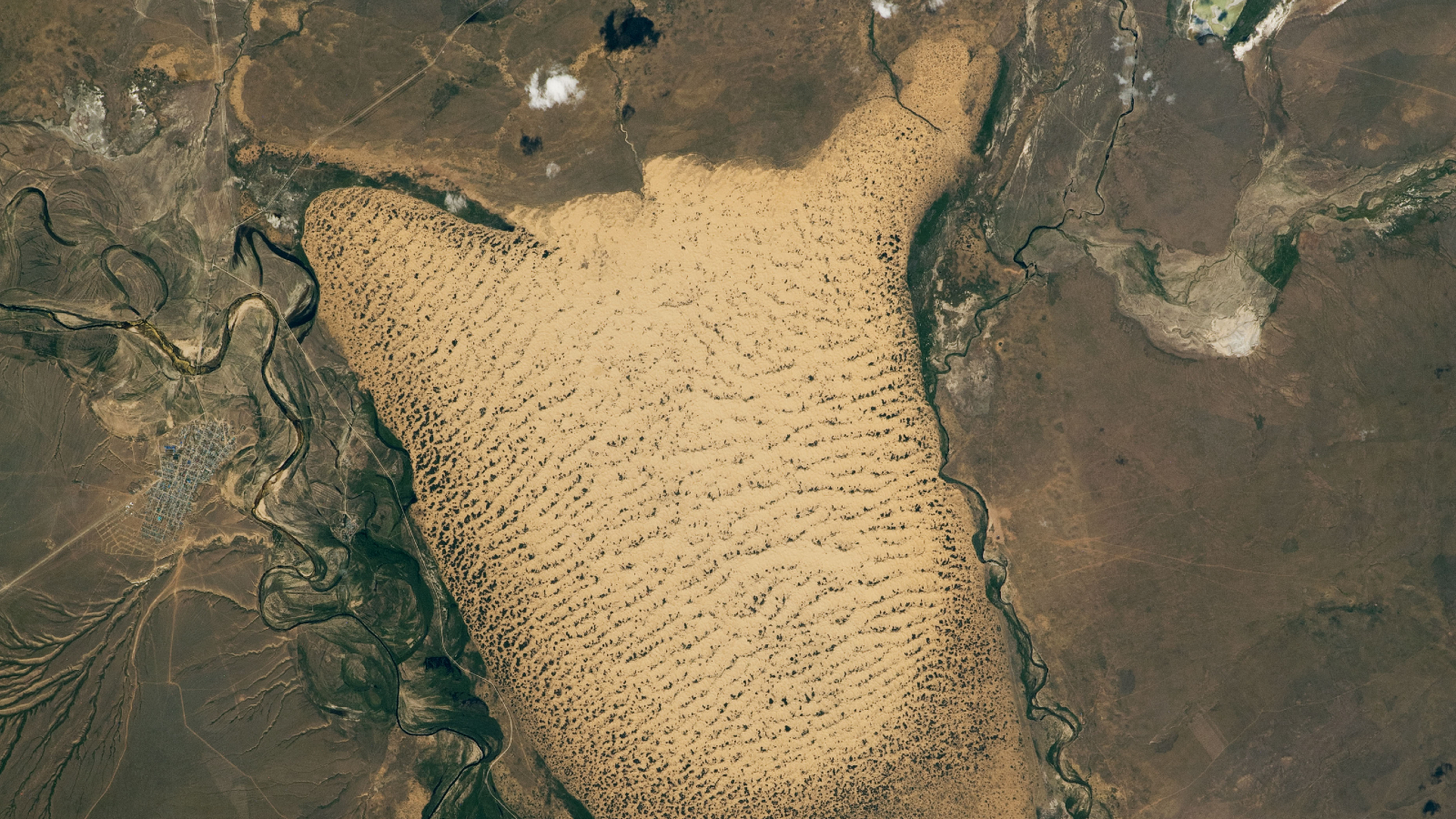
Huge Pumice 'Island' Floats in Pacific

An "island" of floating pumice rocks bigger in area than Israel has been spotted in the South Pacific, New Zealand's Royal Navy said.
Officers on a Royal New Zealand Air Force ship saw the rock raft southwest of Raoul Island yesterday (Aug. 9). It measures an astounding 300 miles (482 kilometers) in length and more than 30 miles (48 km) in width, the Navy said.
Lieutenant Tim Oscar, of the Royal Australian Navy, described the rocks as "the weirdest thing I've seen in 18 years at sea," according to the Australian Associated Press.
"The rock looked to be sitting two feet above the surface of the waves, and lit up a brilliant white color in the spotlight," Oscar told AAP. "It looked exactly like the edge of an ice shelf."
Pumice forms when lava from a volcano cools rapidly. Trapped gas in the hardening lava creates pores in the rocks, which allow them to float. The Navy said scientists believe these chunks off New Zealand's coast were likely spewed to the surface by an underwater volcano, possibly the Monowai seamount, which has been active along the Kermadec arc. Officials said the phenomenon is probably not related to the eruption at New Zealand's Mout Tongariro, which sent ash 20,000 feet (6,100 meters) into the air earlier this week.
A group of researchers from GNS Science, a government-owned firm, were traveling nearby on another military ship. That group changed course to collect samples of the pumice, which will be analyzed to determine where the rocks came from, the Navy wrote on its Facebook page.
Recent studies have suggested that pumice floats played an important role in the evolution of life on Earth since these "islands" can drift over long stretches of ocean, ferrying animals, plants and even colonies of microbes across water barriers.
Get the world’s most fascinating discoveries delivered straight to your inbox.
Follow LiveScience on Twitter @livescience. We're also on Facebook & Google+.

